Ever wondered why are Japanese melons so expensive? It's not just melons, even mangoes can be sold at $5000 a pair! Read on to find out why!
Japan is rich in culture and heritage, however, Japan is also known for some bizarre things like how the Japanese in the service industry don’t accept tips.
Why are Japanese melons so expensive?
Japanese melons are expensive because they are grown using labor-intensive methods and only in limited quantities in specific regions. The melons are carefully hand-pollinated, and each plant is only allowed to produce one melon per season. The melons are also massaged daily and rotated to ensure even growth. These melons are often given as gifts and are considered a luxury item in Japan.
Second, reason why Japanese melons are so expensive is that aristocratic warriors (samurais) would offer melons or tangerines to their leader or mentor as a sign of deep appreciation and loyalty. This practice with time became ingrained in Japan's culture of exchanging gifts.
Another reason why Japanese melons are so expensive is that the farmers invest a lot of their time and energy to grow the perfect melons.
In fact, they’ll come after you thinking you overpaid! But there are historical and cultural values behind these norms and phenomena. The reason why Japanese melons are so expensive also has a similar reason.
- Related: Why Are Japanese Fruits So Expensive
- Related: Why Are Mangoes So Expensive In Japan?
- Related: Kaki Japanese Persimmon: The Miracle Fruit
Let’s get into the details of why Japanese melons are so expensive and how expensive Japanese melons really are.
Paying 15,000 JPY ($200) for a meal at a fancy Japanese restaurant is normal but so is paying the same amount for the perfect melon at fancy food shops in Japan. These ‘perfect’ fruits are specially curated for the gift market and the rest that don’t match the standards of that perfection are sold for cheaper in the local fruits and vegetables market.
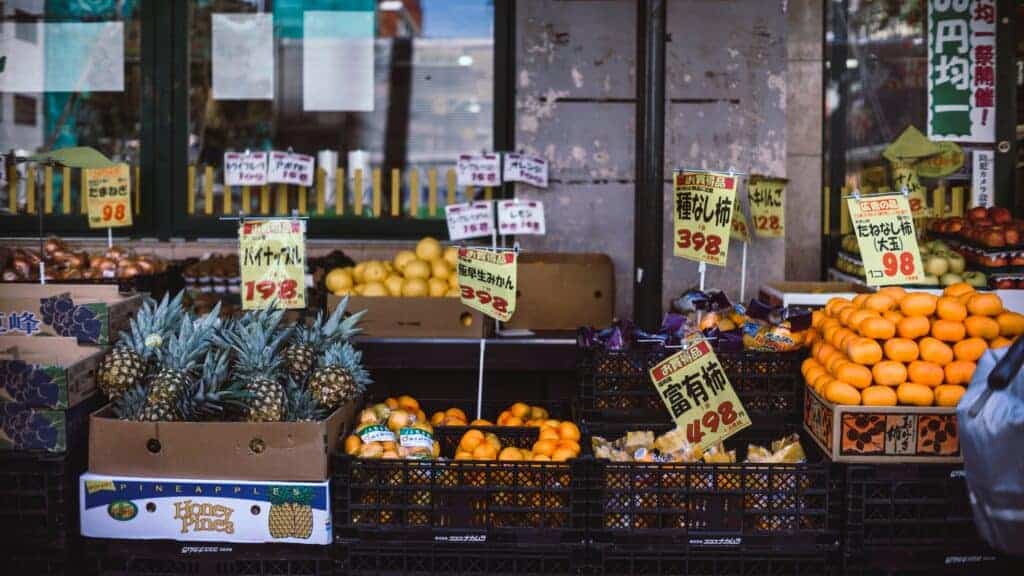
One melon, at these ritzy Japanese food shops, can cost 15,000JPY ($200) or more. White strawberries can cost you about 3,000JPY ($40) while a bunch of grapes can be bought for about 8,000JPY ($105) or more.
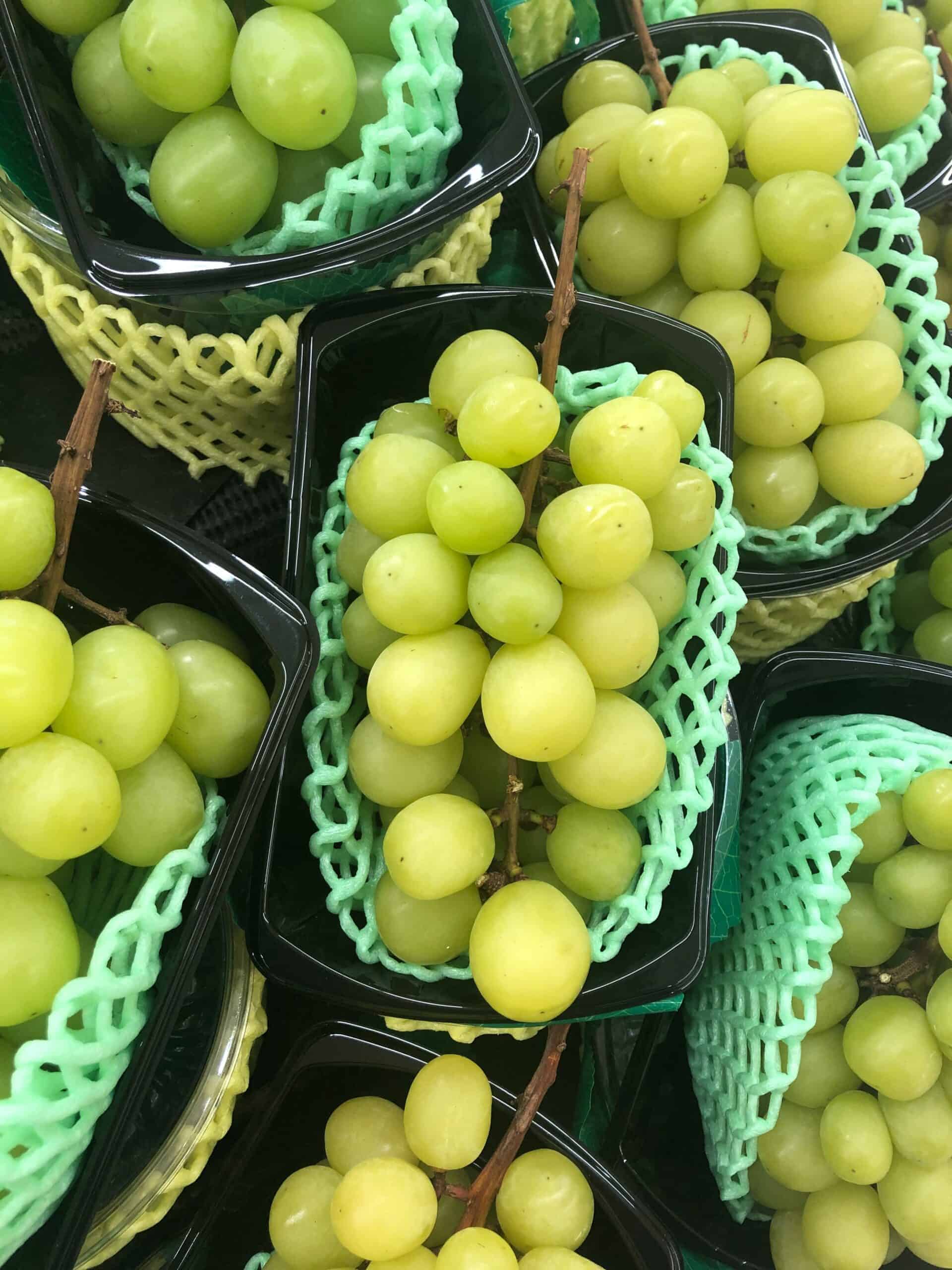
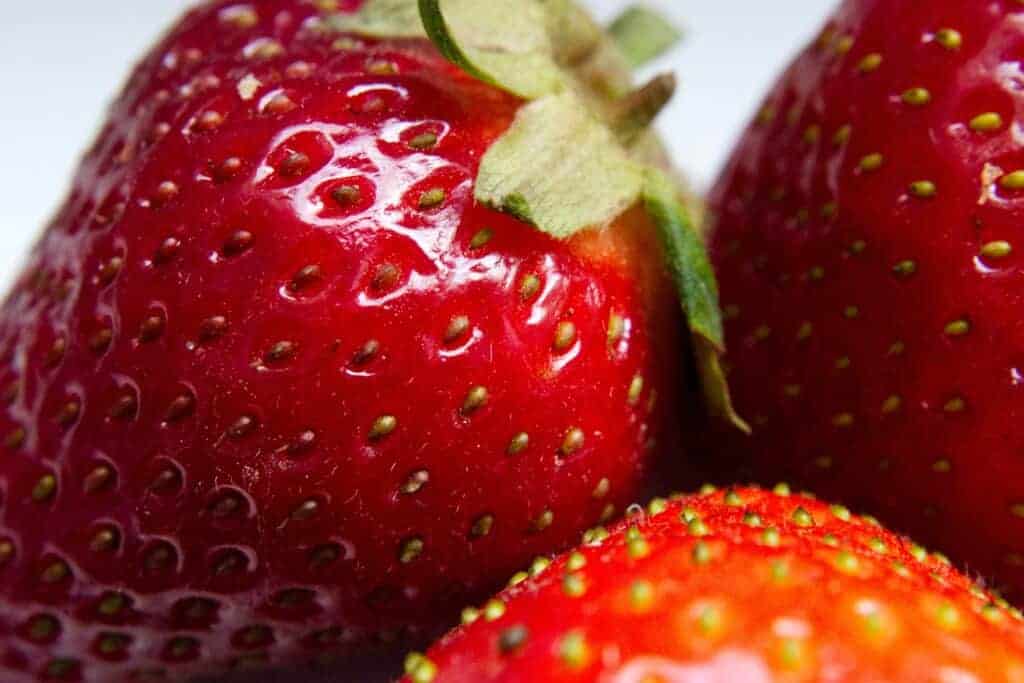
And, believe it or not, this is a completely normal phenomena.
The first auction of the season for Yubari melons, a premium variety grown in Hokkaido, was held on May 26, 2025. A pair of melons sold for 3 million yen (about $23,550), which was 10% higher than the winning bid at the first auction last year. The melons were sold to Hokuyupack Co., a Yubari-based company that packs fruit and vegetables
These premium fruits aren’t something you’d just randomly buy at the food store for a light snack. It’s considered more like a luxury that’s embedded into the Japanese culture of gift-giving.
These premium luxury Japanese fruits, obviously, taste heavenly but it’s not just the taste that is special about it. These fruits also look next to perfect!
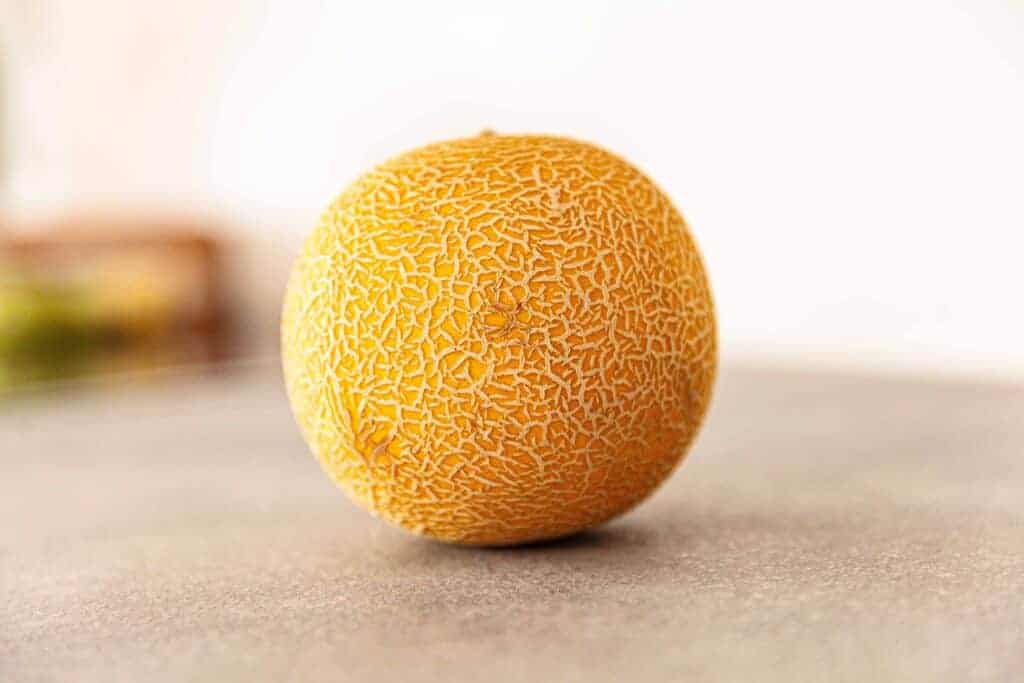
After Yubari melons, the next most popular variety is the Crown melons that are exclusively grown in the Shizuoka prefecture.
The price of Crown melon in Japan varies depending on the size, quality, and time of year. However, it is typically quite expensive, with prices ranging from $200 to $2,000 per melon. In fact, in 2019, two Crown melons sold at auction for a staggering $45,000!
These melons can be grown through the year. Since the melons are grown on raised beds, the farmer can control how much water each plant gets. And the plants are also grown in controlled temperatures, keeping it constant throughout the year.
Related: Best Japanese convenience store foods
Now not every crown melon grown is sold as premium fruits.There are four standards or grades to crown melons - yuki, shiro, yama, and fuji.
Melons with the smallest of defects go under the Yuki grade, the lowest standard for melons. These melons are sold for cheap at local fruit markets.
The rest of the melons are given either Shiro, Yama, or, the highest grade, Fuji grade based on the melon's sugar content and it’s appearance.
Almost half of these melons are given the Shiro standard, the third grade. A quarter of the melons make it to the same grade.
While only 1 in 1000 melons harvested is awarded the fuji grade, the highest grade.
Related: Do you know why Japanese love raw fish?
Why Japanese melons are so expensive from an agricultural perspective?
The reason why these premium Japanese melons are so expensive is because of the hard work that goes behind it to grow it to perfection.
The melon plant starts to flower about 50 days after being planted. And the farmers then begin working towards ensuring that the melon doesn’t only taste delicious but also look absolutely flawless. As fruit starts to grow and get bigger, the melons are wrapped in white paper for protection.
These melons are also polished and massaged by the farmers themselves to ensure the appearance is perfect. Other than this, the melons are covered with a little hat to protect them from sun damage towards the end of their growth cycle.
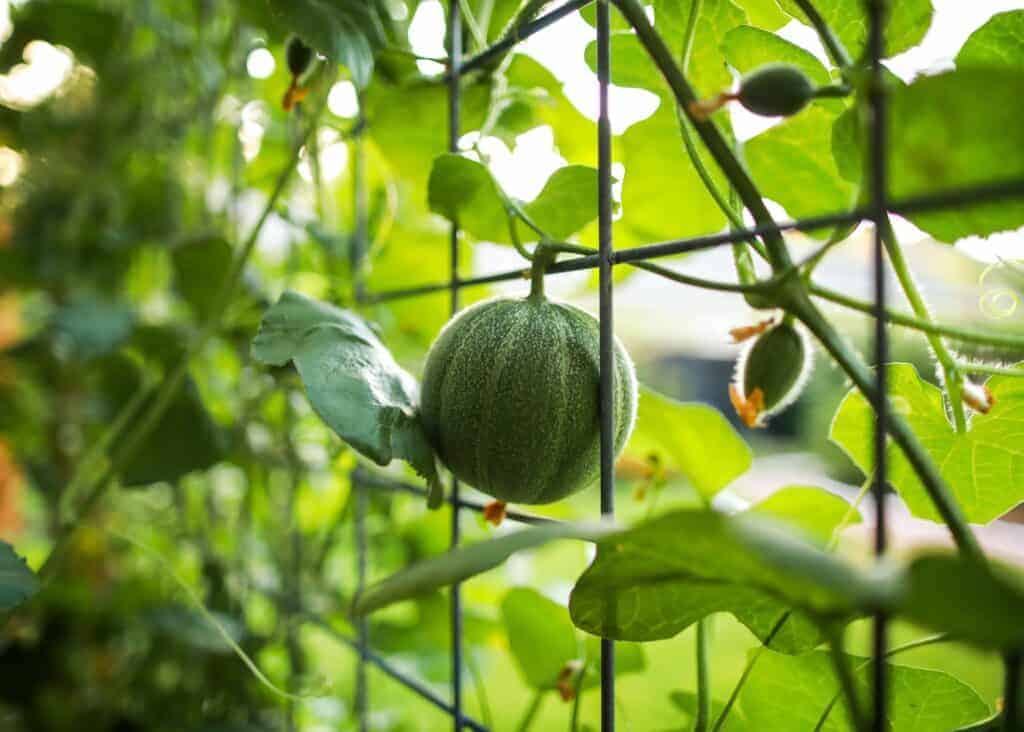
The farmers put in so much effort in polishing and massaging these melons that they’d need several pairs of white gloves to get the job done.
Another reason why these melons are so expensive is because of strict regulations of the Shizuoka Crown Melon Company. This organization checks the melons harvested by over 200 farmers and also regulates the distribution to ensure that high-quality melons are being sold.
Each of these melons has a complex flavor profile with the just perfect balance of sweet and juicy.
Despite being super expensive, these melons are quite popular in Japan because the customers don’t mind paying the price to get the perfect gift. And more so because even the receiver understands the work that has gone behind it.
Why Japanese melons are so expensive from a cultural and historical perspective
Another reason why Japanese melons and other fruits are so expensive is due to Japan’s old gift-giving culture. It can be traced back to the 14th century when samurai warriors presented fruits to their leader or shogun. This was considered a sign of great appreciation, respect and loyalty.
Gradually, this concept got embedded into the everyday Japanese culture and today, the Japanese present these perfect looking fruits as a gift to their bosses, teachers, or even as a general thank you gift.

Gifting expensive fruits might sound a bit much, but it’s because of the implied value of its cultural significance along with the farmers’ hard work that these fruits come with a high price tag.
In fact, in Asian homes, children are not persuaded to eat because children in Africa can’t have a decent meal (like how it’s said in most Western countries) but rather Asian children are reminded of how much hard work teh farmers have to put in to grow and harvest these crops.
So growing up as a Japanese with this mentality, seeing such high price tags on these perfect fruits was never a surprise because I understood the significance and the value it held.
I’m sure you’ve seen the famous square watermelon. These melons are for decorative purposes and not meant to be eaten.
It gets its shape as it’s grown in special boxes in Kagawa prefecture. These premium Japanese melons, both that can be eaten as well as the decorative ones, are mostly bought with the intention of giving it as a gift.
The premium melons are presented in single presentation boxes and are kept on a bed of hay or silk, some are even tied with a ribbon. Also, when a customer chooses the perfect melon as a gift. the higher the price tag on the melon the superior the quality.
In a nutshell, Japanese melons are so expensive because of the cultural value it holds and the hard work put in by the farmers in growing these perfectly polished melons.
Cultivating a Yubari King Melon
Yubari King melons are cultivated in Yubari, Hokkaido, a small city near Sapporo. They’ve been raised with utmost care and perfection and are handled with gloves by the farmer as well as the buyer. They’re most often bought as gifts for special occasions.
These luxurious fruits are grown in greenhouses in premium soil types with volcanic ash and are usually pollinated by hands. They’re grown in protection boxes to ensure the taste and quality of the melons are not hampered.
The melons are very carefully harvested by a pair of scissors. Even the least perfect melons can cost upto $50 - $100. They’re appreciated for their sweet taste.
Which is the most expensive melon in Japan?
The most expensive melon is the Yubari Kings that was sold in Yubari, Hokkaido near Sapporo, Japan for 3.2 million yens. It was a hybrid between Burpee's Spicy Cantaloupe and Earl's Favorite, two famous melon cultivars. Yubari King is the most expensive melon ever sold.
What does Japanese melon taste like?
Japanese melons are extremely sweet and can be compared to the taste of honey. It’s very juicy and is somewhat close to a soft mango. They’re not really crunchy like how melons are usually.
What makes Japanese fruit so different?
Japanese fruits are not snacks but luxury gifts, mostly for elite groups of people. They’re extremely different from normal fruits worldwide as they’re cultivated with utmost care and each melon is taken care of like the farmer’s baby.
Are Japanese melons worth eating?
Yes, Japanese melons are worth eating as they’re extremely sweet and tasty. Each melon is handled and cultivated with utmost care by the farmers and made sure that they turn out to be the best, which is why they’re also expensive. Japanese melons are usually used as luxurious gifts for special occasions.
Also Read:




